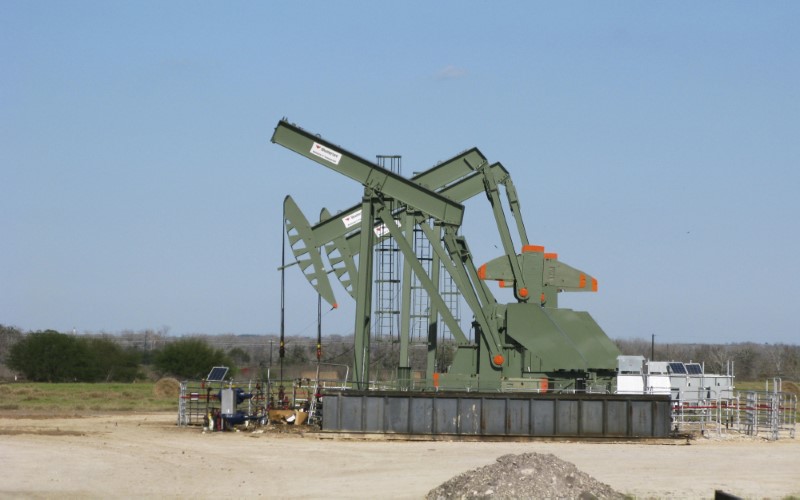By Devika Krishna Kumar
NEW YORK (Reuters) - Oil prices slipped nearly 1 percent on Monday, extending last week's decline, on lack of confirmation that OPEC will extend output cuts until the end of 2017 and as Russia indicated it can lift output if the deal on curbs lapses.
Russian oil output could climb to its highest rate in 30 years if the Organization of the Petroleum Exporting Countries and non-OPEC producers do not extend a six-month supply reduction deal beyond June 30, according to comments by Russian officials and details of investment plans released by oil companies.
"We think an extension is highly likely, with a growing OPEC consensus in support of that policy, but the market seems to be attributing last week's decline to the lack of a firm agreement," Tim Evans, Citi Futures' energy futures specialist, said in a note.
"In our view, the drop had more to do with correcting the prior excess optimism and speculative excess, than with any shift in the underlying fundamental scenario, but those requiring a fundamental explanation ... will focus on OPEC or U.S. production growth instead."
Last week, prices plummeted about 7 percent partly on signs that rising U.S. shale production offset efforts by OPEC and other producers to cut output by almost 1.8 million barrels per day (bpd) in the first half of the year.
Brent crude futures (LCOc1) ended the session 36 cents lower at $51.60 per barrel after hitting a session high of $52.57 a barrel.
U.S. West Texas Intermediate (WTI) crude oil futures (CLc1) dropped 39 cents to settle at $49.23 a barrel, after reaching a high of $50.22 a barrel earlier in the day.
"From a technical perspective, the June WTI contract has now broken another key Fibonacci level, specifically the 61.8 percent retracement of the rally from March 22 to April 12," said David Thompson, executive vice president at Powerhouse, an energy-specialized commodities broker in Washington.
"In addition we are close to breaking a long-term uptrend line that has been in force since early August of last year."
Traders and brokers also noted that crude markets were lower despite a relief rally over the French election, with the U.S. dollar (DXY) noticeably weaker. [USD/] This reflects the prevailing bearish market sentiment, they said.
U.S. gasoline futures (RBc1) fell about 1.4 percent, leading the energy complex lower, as refiners ramp up production after seasonal maintenance and on demand worries, traders said.
Rising U.S. drilling and production have dampened any oil price rally. Investors cut bullish bets on rising ICE Brent crude futures and options by 9,811 contracts to 427,433 lots in the week to April 18.
In the week to April 21, U.S. drillers added oil rigs for a 14th week in a row, to 688 rigs, extending an 11-month recovery that is expected to boost U.S. shale production in May by the biggest monthly increase in more than two years.
U.S. crude production is at 9.3 million bpd

(GRAPHIC: Asia's Iranian oil imports http://tmsnrt.rs/2cNidjY)